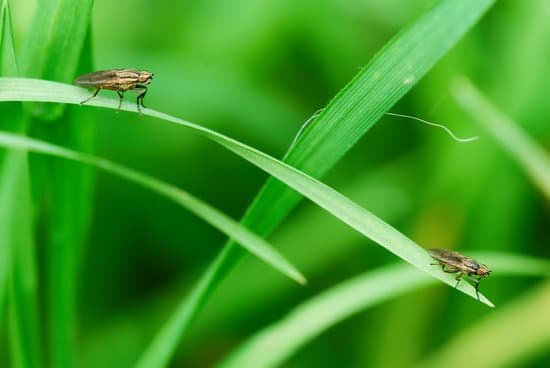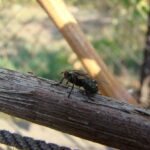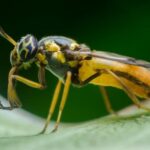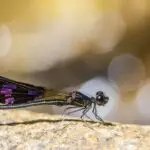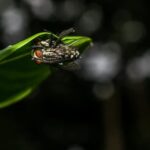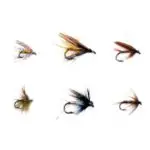Can You Eat Fly Agaric Mushrooms?
Despite its name, fly agaric mushrooms are toxic and should not be eaten. The mushroom’s spores and gills are white, and its stalk has a ring-shaped skirt. In earlier stages of its life, the gills were covered with a partial veil, which was replaced by a red cap with white spots. Young Fly Agarics have an egg-like structure and white flecks on the surface.
The poisonous fungi are members of the genus Amanita. These mushrooms contain amatoxins, which are responsible for up to 90% of all fatalities from mushrooms. The fungi’s main chemical compound is muscimol, a selective agonist of GABAA receptors. It exhibits sedative-hypnotic and depressant psychoactivity. Fly agaric is toxic to humans, but it’s still considered edible by some.
Although the mushroom’s toxicity is minimal, high doses can cause unpleasant side effects. Fly agaric contains two chemical compounds, ibotenic acid and muscimol, which are known to be neurotoxins and potentially toxic. In animals, the LD50 of muscimol is 45 mg/kg in rats and 20mg in mice – far higher than the standard psychoactive dosage. Another chemical present in fly agaric is muscarine. However, muscarine is reduced by heating the fungus.
Fly agaric, also known as muscimol mushroom, is found on native and introduced plants. It is widely distributed in temperate regions of the northern and southern hemispheres. It is not poisonous when touched or handled, but you should be careful when eating it.
